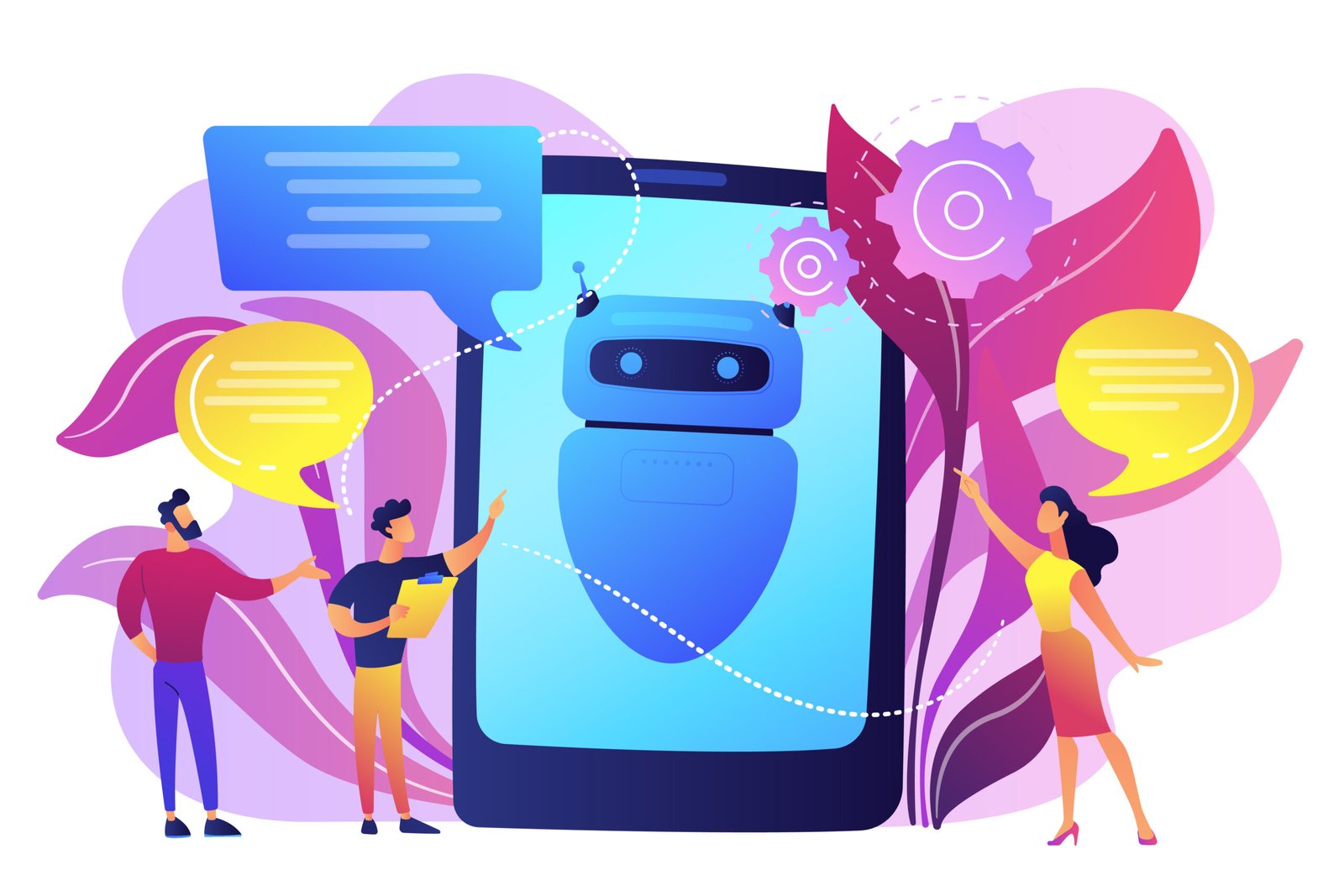Artificial intelligence (AI) has faced rapid growth in various industries, recently emerging in education. Artificial intelligence promises fruitful benefits, but this new educational technology also poses risks with a lack of responsibility.
What exactly is AI, and how does it play a role in education?
Artificial intelligence entails the ability of computer systems to encompass human intelligence. Engineering of intelligent computer systems allows a system to think like a human and therefore enables problem-solving. In classrooms, AI can create subtitles for presentations, grade classwork, and even provide individualized tutoring sessions. Companies such as Content Technologies and Carnegie Learning are developing AI that will adjust learning pathways to be tailored to students and provide testing and materials based on the gaps in their knowledge.
AI can tremendously benefit both teachers and students. For teachers, AI can help provide suitable resources and lesson plans directed to specific learning goals. As for students, AI may serve as an agenda to help manage due dates and allow them to be more engaged in their school work through time management. AI even can finish sentences within emails or paragraphs to increase efficiency. Regardless of the task, artificial intelligence analyzes patterns and makes inferences that make it easier to accomplish. Although this form of automated decision-making can ease the lives of students and teachers, it also poses several risks.
What are the potential risks of using AI?
One risk posed by emerging AI systems is the loss of privacy regarding student information. To provide a personalized experience, AI systems may need to collect specific data about the identity of students or staff, risking their online identity and private information. AI may also distort information during content simplification, relaying incorrect information without human supervision. These summarization and simplification tools are becoming increasingly harder to detect, as AI influence is not always evident when looking at a piece of work, leading to potential issues regarding academic dishonesty. For example, generative AI technologies such as ChatGPT can evade the radar of plagiarism detectors, including commonly-used Turnitin.
The various risks posed by AI called for the creation of policies that allow only the benefits of this technology to be exercised. Policies should be created that provide guidelines for AI users, especially those of the education system. Schools may also need to implement policies for teachers, students, and parents that create boundaries between positive and negative uses of AI. Should these negative choices be made, AI “counters” are being generated to detect the use of intelligent technology within work or companies providing a “watermark” if their website is used.
As of now, AI in the education market is set to have an annual growth rate of about 36% from 2022 to 2030 with projected revenue of $32.27 billion (USD). Artificial intelligence is proving to be incredibly useful in facilitating productivity and revenue for various industries, and education can be one of them as long as policies are outlined for the appropriate use of this technology for educators and learners.
Works Cited
“AI In Education Market Size & Share Report, 2022-2030”. Grandviewresearch.Com, 2023, https://www.grandviewresearch.com/industry-analysis/artificial-intelligence-ai-education-market-report. Accessed 2 Apr 2023.
“Artificial Intelligence.” Office of Educational Technology, US Department of Education, 13 Oct. 2022, tech.ed.gov/ai/. Accessed 2 Apr 2022.
Keith, Thomas. “Combating Academic Dishonesty, Part 6: Chatgpt, AI, And Academic Integrity | Academic Technology Solutions”. Academictech.Uchicago.Edu, 2023, https://academictech.uchicago.edu/2023/01/23/combating-academic-dishonesty-part-6-chatgpt-ai-and-academic-integrity/. Accessed 2 Apr 2023.
Marr, Bernard. “How Is AI Used In Education — Real World Examples Of Today And A Peek Into The Future | Bernard Marr”. Bernard Marr, 2021, https://bernardmarr.com/how-is-ai-used-in-education-real-world-examples-of-today-and-a-peek-into-the-future/. Accessed 2 Apr 2023.
“What Is Artificial Intelligence (AI) ? | IBM”. Ibm.Com, 2023, https://www.ibm.com/topics/artificial-intelligence. Accessed 2 Apr 2023.
